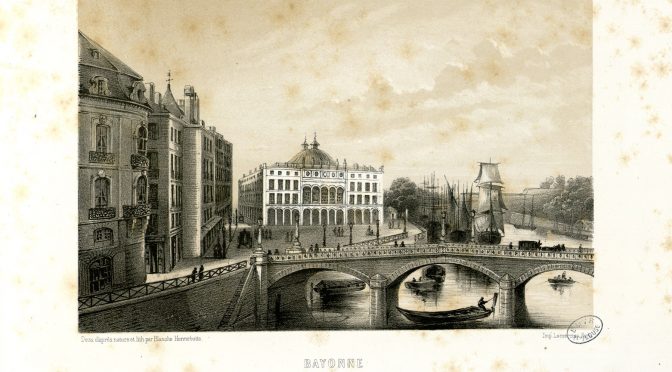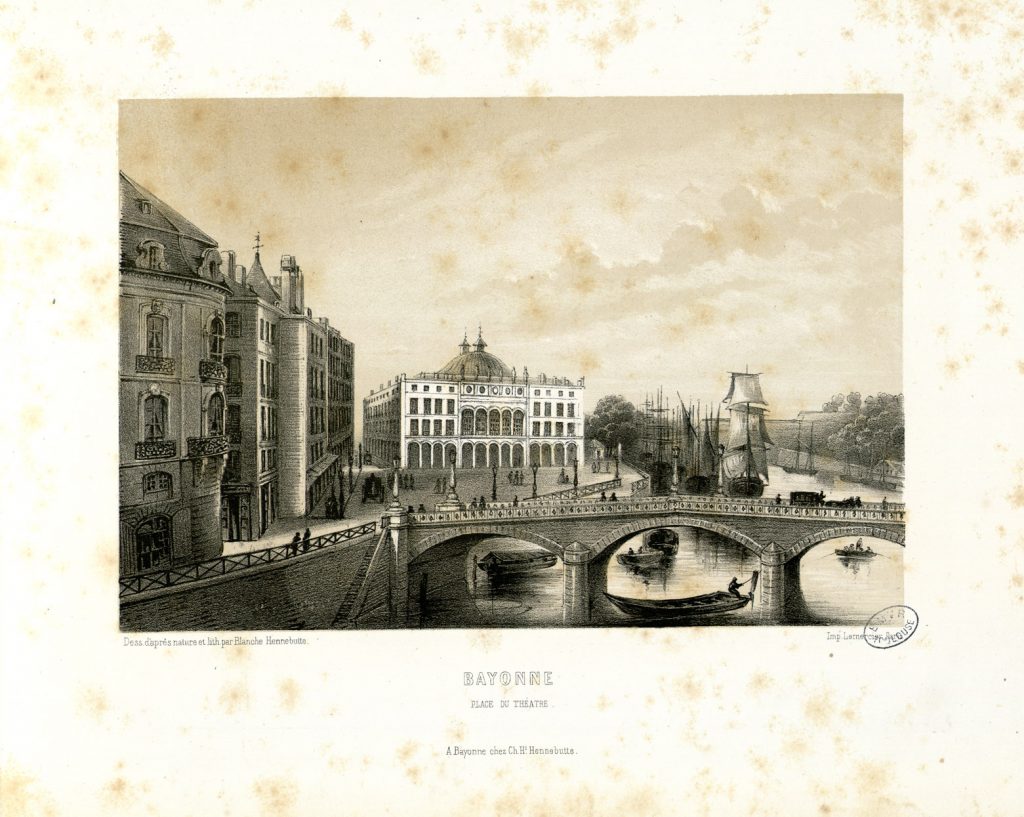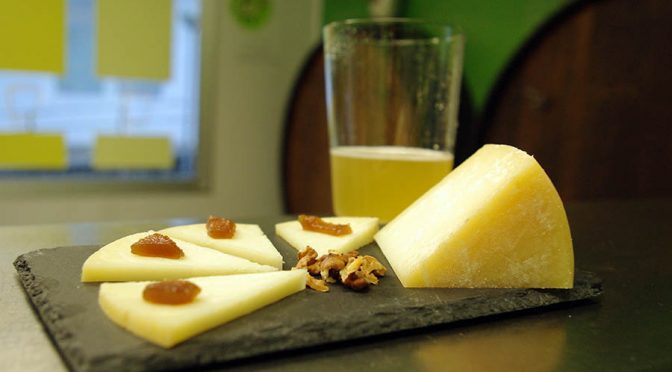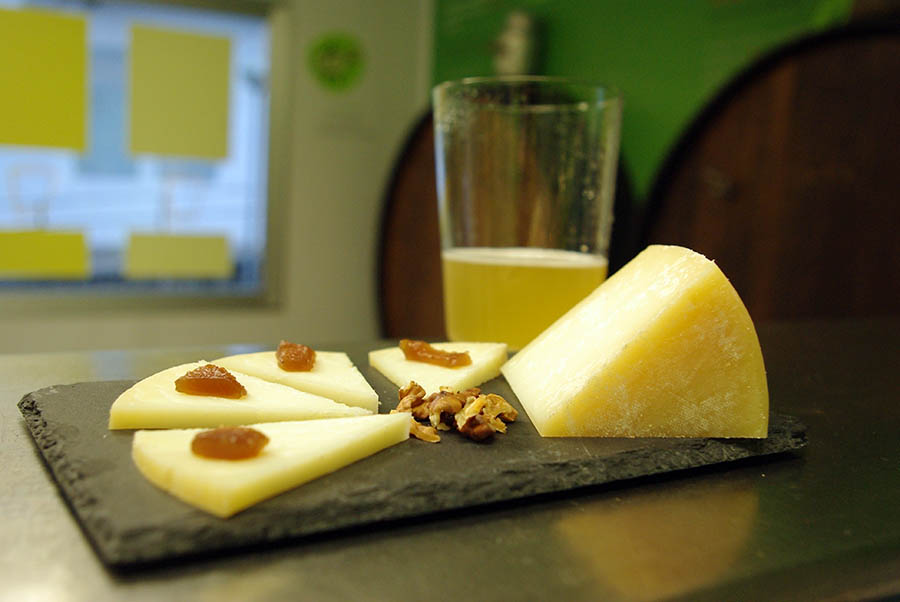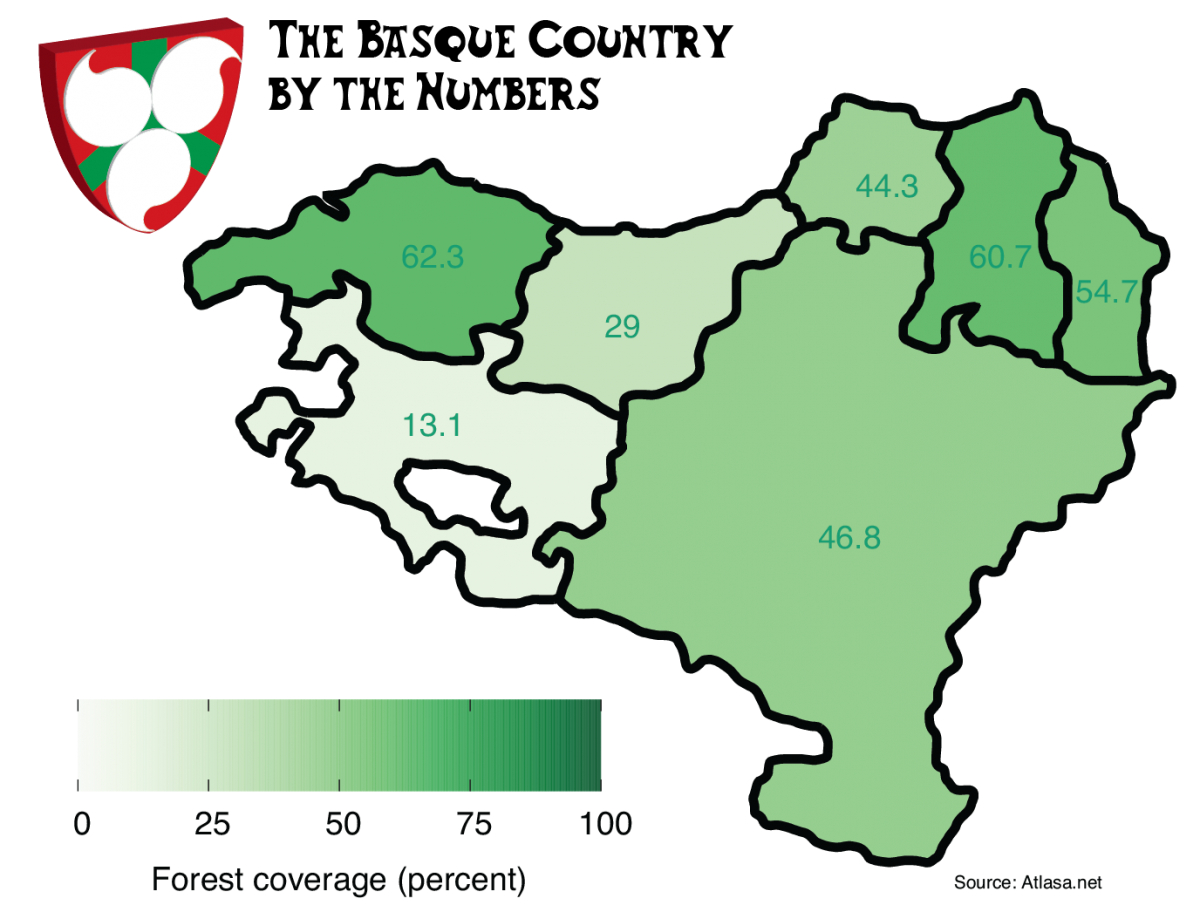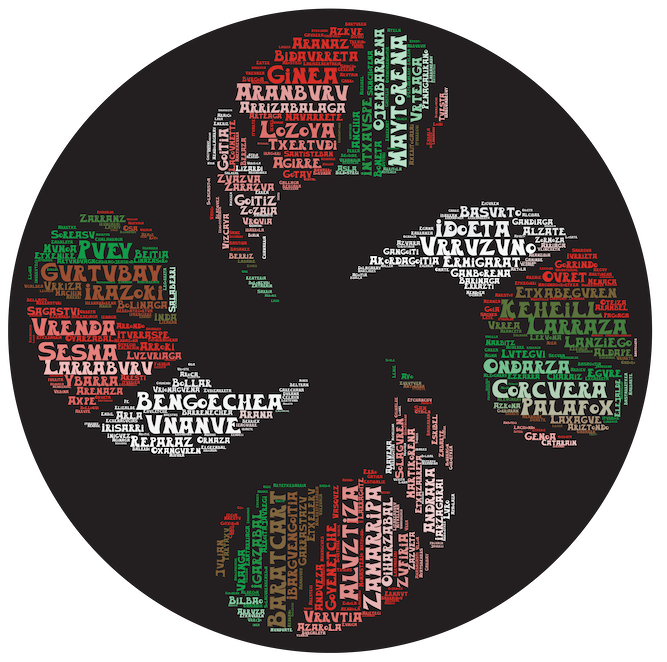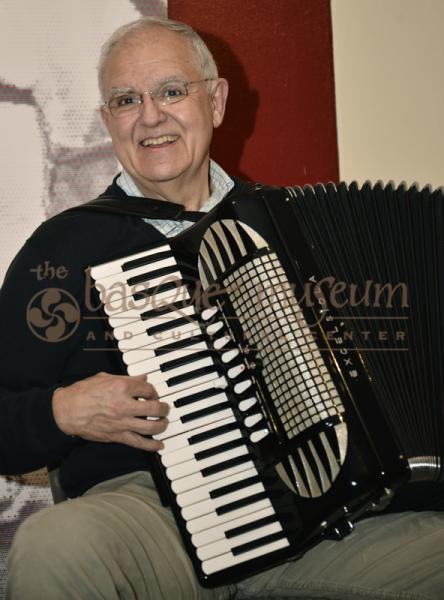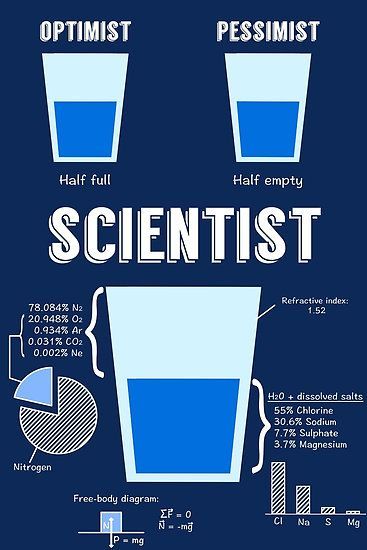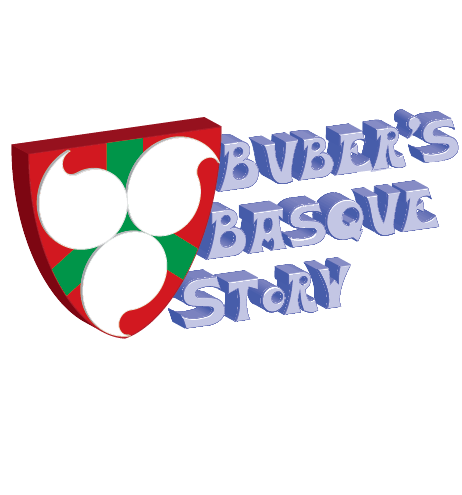
They continued up the path, making their way over rocks and a few times across the stream, slowly making their way up the mountain.
“Zer arraio? What the hell?” exclaimed Kepa. Dark clouds had suddenly formed above them. “It was supposed to be clear all day today. Damn meteorologist!”
“Hey now!” retorted Maite. “Do you know how hard it is to predict the weather? And they are actually pretty accurate…”
“Not today, they aren’t,” Kepa interrupted. “That storm is about to hit us.”
Buber’s Basque Story is a weekly serial. While it is a work of fiction, it has elements from both my own experiences and stories I’ve heard from various people. The characters, while in some cases inspired by real people, aren’t directly modeled on anyone in particular. I expect there will be inconsistencies and factual errors. I don’t know where it is going, and I’ll probably forget where it’s been. Why am I doing this? To give me an excuse and a deadline for some creative writing and because I thought people might enjoy it. Gozatu!
Almost as suddenly as the clouds had appeared, they released a deluge of water. Maite and Kepa scrambled, trying to keep their footing on the now drenched rocks as they looked for shelter.
“Begira! Look!” exclaimed Maite as she pointed just ahead. “A cave! We can duck in there.”
They made their way to the small hole in the rock Maite had found as the small stream began overflowing its banks and water flowed down the path.
“I’ve never seen a storm hit that fast or that hard before,” said Kepa.
They sat down on some stones that lie on the cavern floor. Kepa couldn’t help but notice the way that Maite’s wet clothes clung to her body while Maite couldn’t help but notice how Kepa’s eyes clung to her body. “Ahem,” she said as she stood up, breaking Kepa out of his daze.
“Barkatu,” he mumbled as he realized what he had been doing.
Maite shrugged and walked to the walls and ran her hand across the surface. “This is a strange cave, the walls are smooth, not like any cave I’ve seen before.”
Kepa also stood, avoiding any eye contact with Maite. He wandered to the entrance of the cave. “I’ve been past this point dozens of times over the years,” he said. “I’ve never noticed this cave before. Is it possible that some tremor opened it up?”
“If that had happened,” replied Maite, “I would have expected the walls to be sharp and jagged, not smooth like this.”
“Well, I’m just glad it’s here,” said Kepa. “The way that water is flowing down the mountain, we might have gotten swept away with it if we had stayed out there any longer.”
“Looks like it might rain for a while,” added Maite. She dug in her pack. “Glad I brought this along,” she said as she pulled out a flashlight. “Want to explore?”
The cave almost felt like a small home. The main entrance, where they had first taken shelter, was like a small foyer. Off to the sides, there were two small caverns that had stones arranged almost like furniture. The walls everywhere were smooth, as if worn down by centuries of activity. There were no signs of life.
“I wish I’d found this place before,” said Kepa. “It would be a cool place to hang out. We could make it a little txoko. Put a small stove over there, a mattress over here…”
Maite laughed. “Yeah, we could be a regular basajaun and basandere, making our home in the woods.”
Chastised, Kepa mumbled “It was just an idea.”
Maite gave him a little kiss on the cheek. “There is no one else I’d rather have as my basajaun.”
Kepa’s cheeks glowed a bright red that almost outshone Maite’s flashlight.



